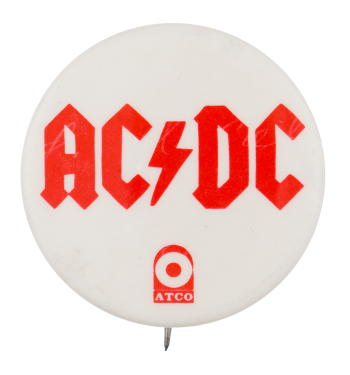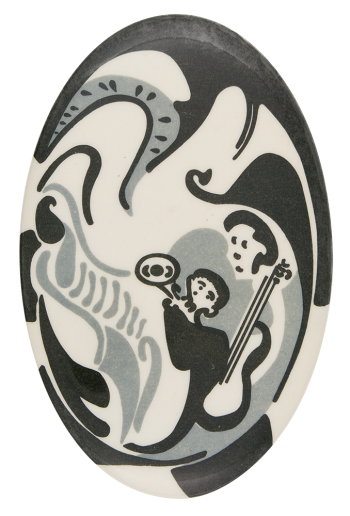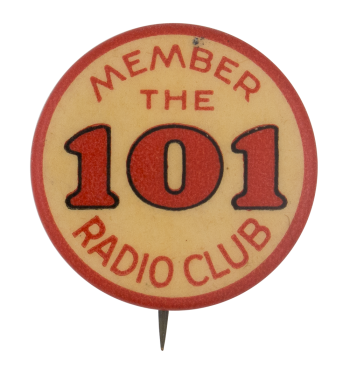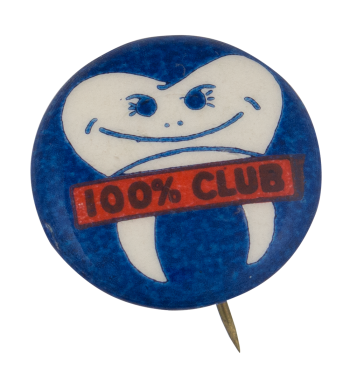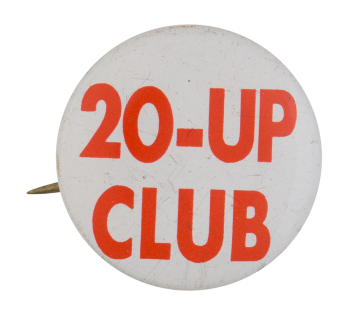AC/DC Atco
| Category | |
|---|---|
| Additional Images | |
| Text on Button | AC DC ATCO |
| Image Description | Red text on white background. Red lightening bolt between AC and DC with red ATCO logo underneath. |
| Back Style | |
| The Shape | |
| The Size | |
| Year / Decade Made | |
| Additional Information | AC/DC is an Australian rock band that was formed in November of 1973. Although they classify themselves as a rock and roll band they are often considered to be pioneers of the heavy metal genre. The band has had some changes in personnel throughout its career, but brothers Angus and Malcolm Young have been constant members throughout the band’s career. The band’s name came about when Angus and Malcolm’s sister, Margaret, saw the letters AC/DC on the side of a sewing machine. The letters stood for “alternating current/direct current,” referring to electricity. AC/DC really started to make it when they signed on with Atlantic Records for an International deal. After signing with Atlantic, the band’s logo was then designed by Gerard Huerta, the then art director at Atlantic Records, in 1977. The band continues to be successful and is, at present, one of the highest grossing bands of all time and was inducted into the Rock and Roll Hall of Fame in March of 2003. Some of the most well-known albums created by AC/DC are: Dirty Deeds Done Dirt Cheap (1976), Highway to Hell (1979), Back in Black (1980), Stiff Upper Lip (2000), and many others. ATCO, the smaller word that appears on this button, is an American record label that was founded in 1955 as part of Atlantic Records. The name ATCO is an abbreviation of Atlantic Corporation. Atlantic began to emphasize ATCO in the middle of the 1970s and used the label mostly to release hard rock bands. |
| Catalog ID | MU0150 |

